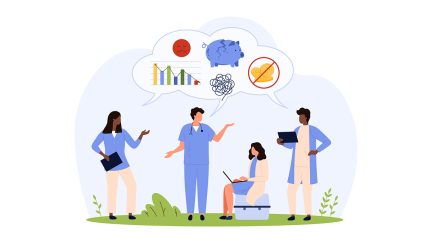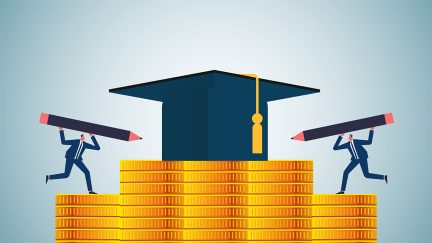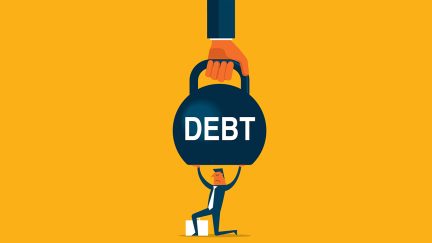Get more! Sign up for PLANSPONSOR newsletters.
Educators Face Student Loan Setbacks Due to COVID-19
While loan forgiveness programs are an option, many applications are confusing and difficult to navigate.
Along with having to deal with the risks of going back to school in the midst of a pandemic, educators are reporting that they’re facing another serious problem: student loan debt.
Decades of budget cuts and pay reductions, in addition to COVID-19, are leading educators to consider leaving the workforce, according to a report by Horace Mann and Tuition.io. The study found that more than a third of teachers are considering resigning from their profession in the next three years for a higher paying job, given that the earnings gap between educators and other bachelor’s degree-required professions is currently 21.4%.
“A majority of educators are carrying student loan debt today, and, for most of them, that debt is impacting them staying in the field. It’s causing financial stress for them,” says Erin Clark, vice president of brand and leader of the Student Loan Solutions program at Horace Mann.
Student loan debt doesn’t just affect short-term savings for teachers—it’s also hurting their long-term financial security as well. According to the report, those with student loan debt have 50% less saved for retirement by age 30 than those without student loan debt. The study points out that this can also put a strain on public school district employers, as the burden of student loan debt may cause low 403(b) participation rates and delayed retirement.
COVID-19 is likely to exacerbate a shortage in educators across the nation. A National Education Association (NEA) study found almost 30% of teachers say the pandemic has made them more likely to retire early or leave the profession.
Student loan debt relief initiatives, such as the Public Service Loan Forgiveness (PSLF) program, can motivate public school educators to stay in the workforce. Those who are eligible to receive PSLF relief must work as a public school educator for at least 10 years. After those 10 years, an applicant could be eligible to have the rest of his debt forgiven.
Clark says there’s a lack of reliable resources and instructions for the PSLF program, as well as a widespread misunderstanding of who is qualified. Of the 6.4 million public school educators in the country, fewer than 2% have applied for relief. Seventy-seven percent of educators have not heard about loan forgiveness opportunities from their loan providers, and 80% have not heard about it from their school district.
Additionally, it’s difficult to apply for the forgiveness alone. Most educators (71%) indicated they would want help on navigating the application process. When looking at rejections, the report found that 80% of rejections were avoidable.
“Once individuals start the process, it’s very confusing and convoluted,” Clark says. “There are many steps they need to manage. They have to work with multiple parties, and it’s really not straightforward or laid out. With expert help, people can be successful.”
Having access to these programs could change an educator’s mind about whether they want to leave the workforce. Eighty-eight percent of educators surveyed by Horace Mann said having their student loans forgiven would make them more likely to stay in their chosen profession, and 70% said obtaining a lower monthly student loan payment would make them more likely to stay in education.
“On average, educators save $300 a month in student loan payments from Public Service Loan Forgiveness,” Clark says. “That alone can be life-changing, and that is why we really want to get these assistances in place now.”
To help educator customers applying for loan forgiveness, Horace Mann has given all teachers complimentary access to its Student Loan Solutions suite of student loan management resources. The tools help educators manage student loan debt and offer guidance on federal loan forgiveness programs. More information about the resources can be found here.


